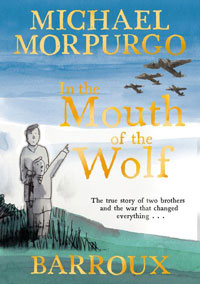Pacifism and conscientious objection in UK children’s literature
With so many children's books about war, how many share an alternative narrative? Rosemary Rich suggests six books that explore a pacifist perspective.
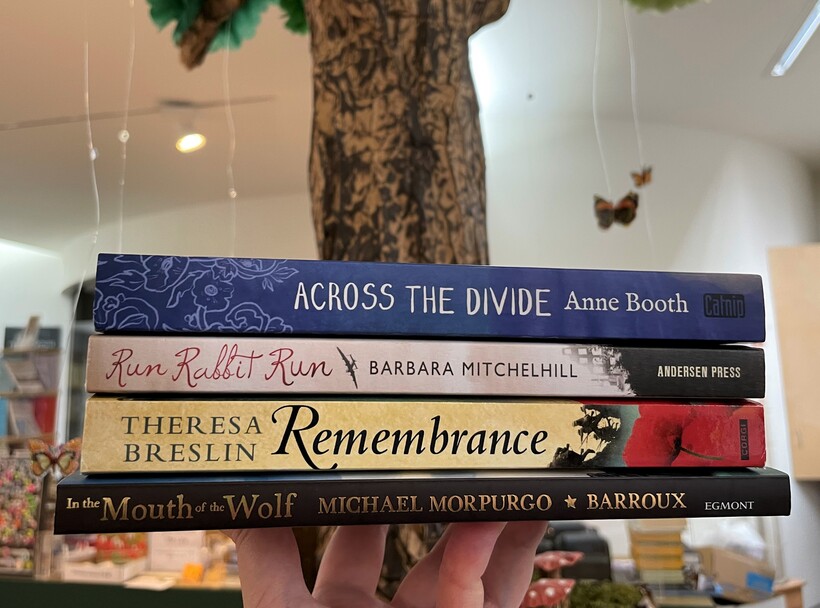
Children's books about war have proliferated since the turn of the century, to the extent that it is now commonplace subject matter. In particular, the two world wars have inspired the largest volume of children's fiction.
Despite the the multitude of children's books about war, however, little has been written that confronts issues of peace, pacifism, and resistance to war for children, especially concerning conscientious objectors.
This has been noticed more widely. An article in The Guardian in May 2014 asked: "Where have all the conscientious objectors in literature gone?"
Conscientious objection is a key aspect of the UK's experience of the world wars. It deserves to feature in literature.
The inclusion of a 'conscience clause' when conscription was introduced in 1916 was quite extraordinary (we have three Quaker MPs to thank for this: Arnold Rowntree, T. Edmund Harvey and John Barlow). In both world wars, the UK was unique for not requiring a formal religious affiliation for recognition of conscience; individuals could also claim political or humanitarian motives. Many other countries, however, did not recognise conscientious objectors at all.
So, how is pacifism and conscientious objection presented in UK children's books currently? Here are six books, published since the turn of the century, that explore the topic:
1. Remembrance (2002) by Theresa Breslin
Reading age: 13+
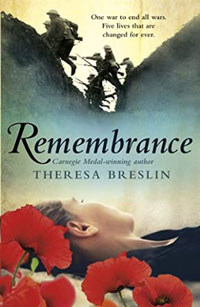
Remembrance follows the fortunes of five young people living on opposites sides of the class barrier in Scotland, as they are variously affected by the events of the First World War. Through these characters, author Theresa Breslin presents many perspectives. One, upper-class Francis Armstrong-Barnes, sets in motion a continuing theme of questioning the justification of war. Despite his doubts, Francis is pressured into joining up as an officer and is traumatised by action in the trenches.
Although Remembrance does not promote an overall pacifist message, it does show the First World War to be a bloody and wasteful conflict. Key moral dilemmas pertaining to war are presented, although the issue of conscientious objection is only fleetingly addressed.
2. Across the Divide (2018) by Anne Booth
Reading age: 11+
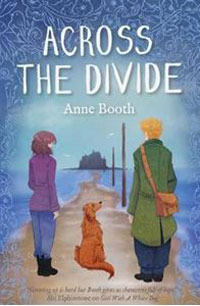
Across the Divide bridges two temporal contexts: the First World War and the present day. Olivia, a girl living in the present day, is at the centre of much heated debate from her pacifist/activist mother, her Quaker friend, her military grandparents, and her peers who have different reactions to the proposal to establish a cadet corps at her school.
Olivia also encounters the ghost of William. He toys with the idea of registering as a conscientious objector in 1916, but then joins up with great apprehension.
Different reasons for pacifism are explored in each temporal context, but the book ultimately aims for balance. Author Anne Booth says she "wanted to write something… about listening to each other even when we have different points of view".
3. Cowards (2003) by Marcus Sedgwick
Reading age: 10+
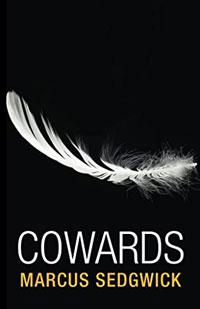
Non-fiction and a true story, Cowards tells of two men, Alfred Evans and Howard Marten (a Quaker), who refused to fight in the First World War. Sedgewick takes us through the various stages of their experience, from imprisonment and punishment to being sent to the front line in France, where they were told to obey or face the firing squad.
Author Marcus Sedgwick claims that the book was originally intended as a longer novel, and it is a shame that this did not come to fruition. Nevertheless, Sedgwick, who has conscientious objectors in his family background, provides a very sympathetic depiction of these men's experiences.
4. Run Rabbit Run (2015) by Barbara Mitchellhill
Reading age: 9+
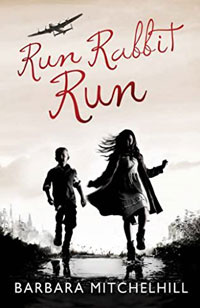
Set during the Second World War, the novel tells the story of two children, Lizzie and Freddie, who have to go on the run after their father's appeal for conscientious objector status is rejected and he is threatened with prison.
Dad secretly moves the family to Whiteway Colony, a real alternative community founded by a Quaker and still in existence today. It soon becomes impossible for them to stay there and the family has to leave again. Unfortunately, they are unable to run forever.
In this book, conscientious objectors are portrayed as brave for standing up for their beliefs. However, the overall message of the book is far from clear.
5. Klaus Vogel and the Bad Lads (2013) by David Almond
Reading age: 7+ (interest age: teens, particularly suitable for struggling/ reluctant readers)
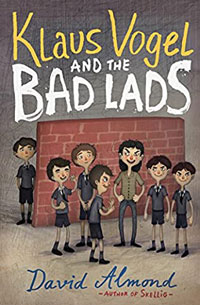
The story's set in the aftermath of the Second World War on Tyneside and it's a powerful tale about values and standing up to bullies. A gang of 'bad lads' terrorise Mr Eustace for being a 'conchie' in the war, until a new arrival from East Germany, Klaus Vogel, challenges them.
This is an excellent, multi-dimensional book. It does not explicitly promote an anti-war message, but one of the prevailing themes is about social responsibility.
6. In the Mouth of the Wolf (2018) by Michael Morpurgo (author) and Barroux (illustrator)
Reading age: 7+
"I spoke of the futility and waste of war…I insisted that pacifism was the only way forward for humanity."
Also based on a true story but fictionalised, this book tells the wartime story of Michael Morpurgo's uncle Francis, who registered as a conscientious objector and joined a pacifist farming community.
Francis suffers doubts when confronted with the true nature of the Nazi threat. He instead joins the French Resistance as a secret agent, leading a terrifying life on the move behind enemy lines in occupied France.
This book raises questions about the efficacy of war, but the protagonist ultimately renounces his pacifism and joins the fight.
The books listed here are a useful introduction to the topics of pacifism and conscientious objection, and can be used in various settings to introduce children to an alternative viewpoint. However, more are needed! Particularly lacking are books that promote a pacifist message.
Most of the books mentioned here are available from the Quaker Centre Bookshop. For educational materials that delve further into the topic, Conscience and Conviction are primary and secondary school resources highlighting a selection of moral paths taken as a result of WWI.
